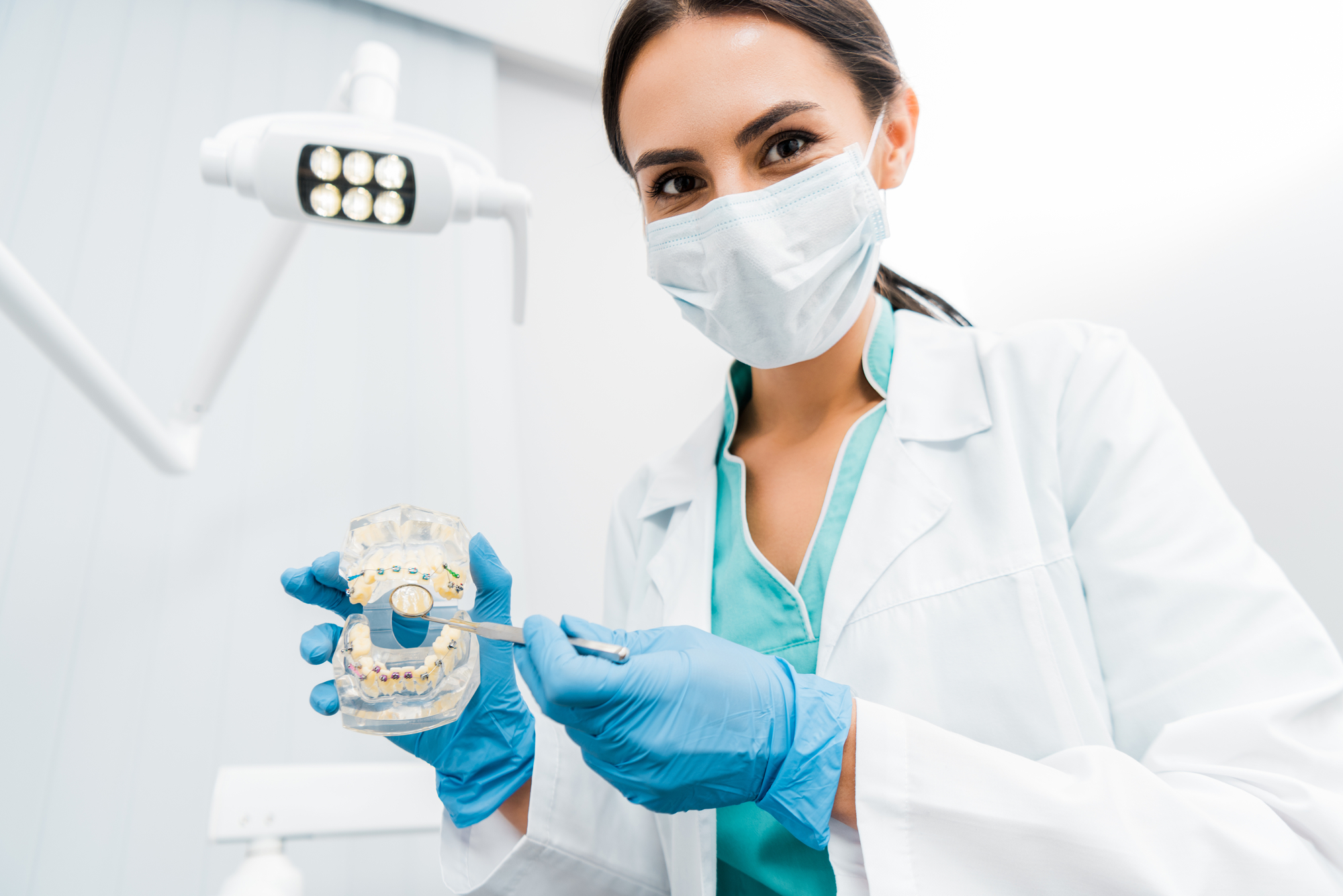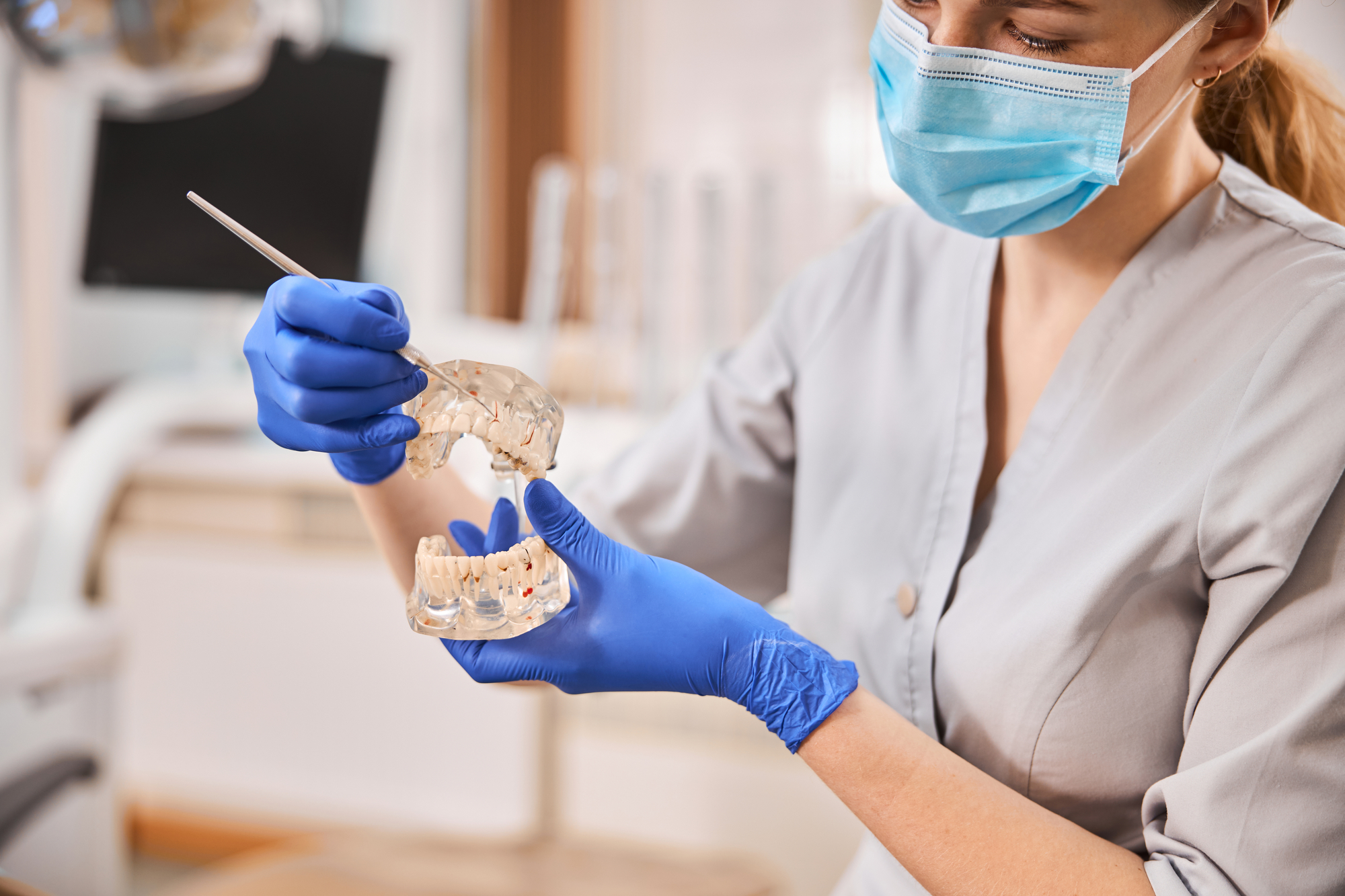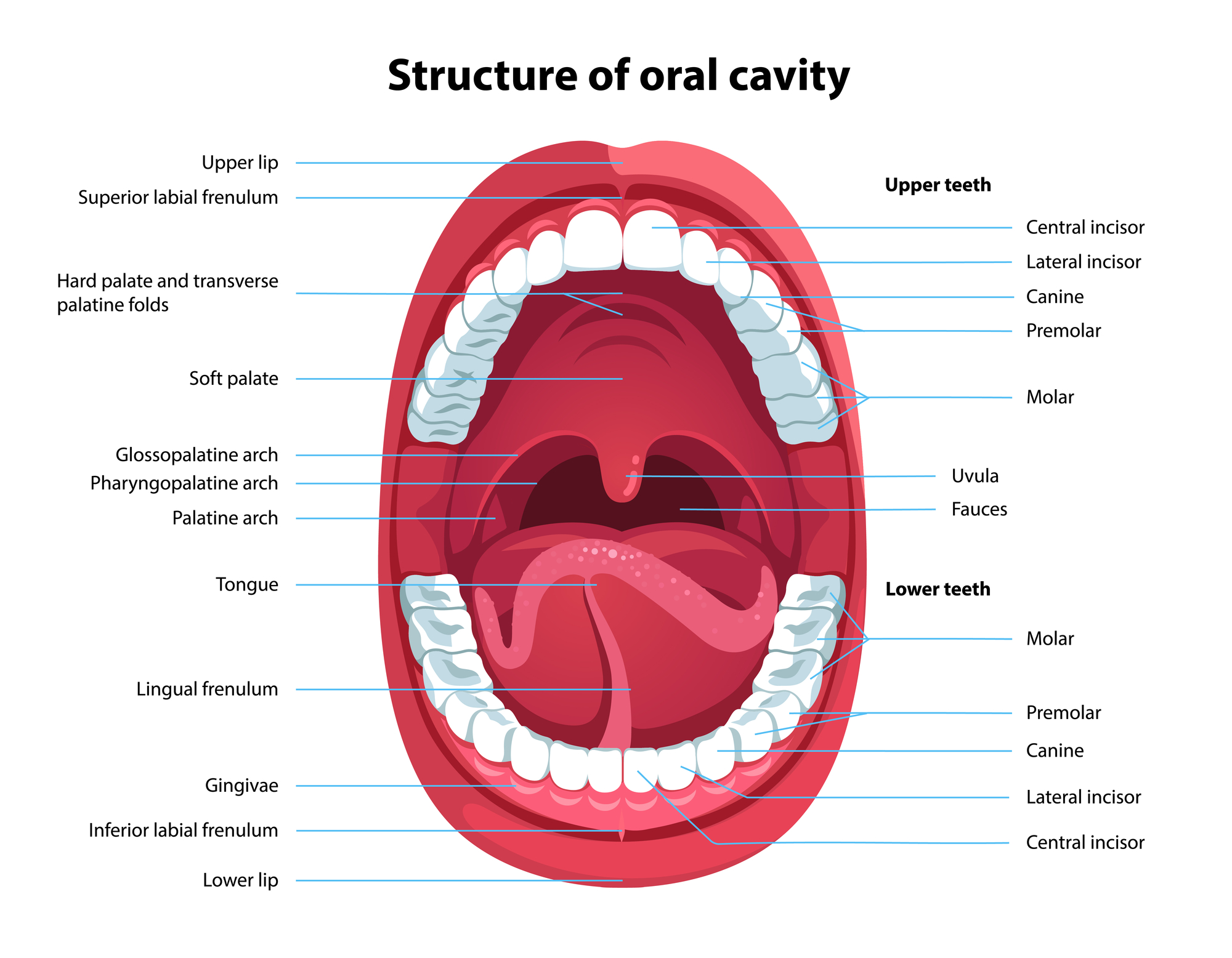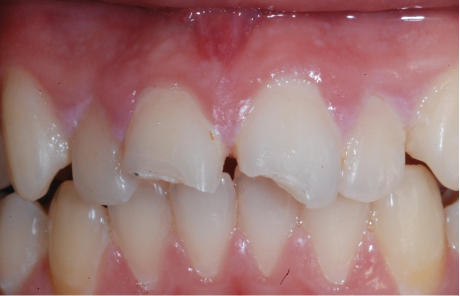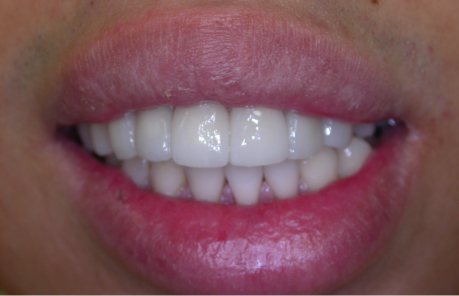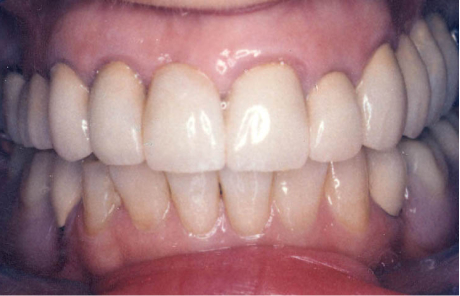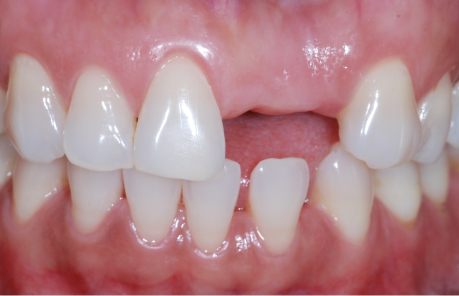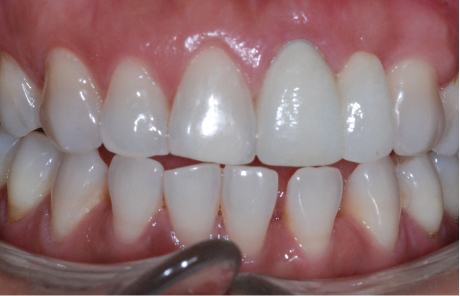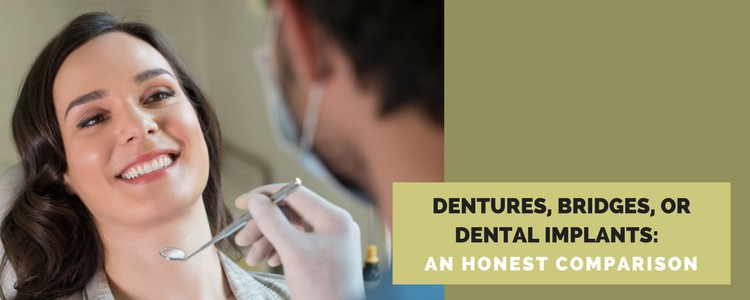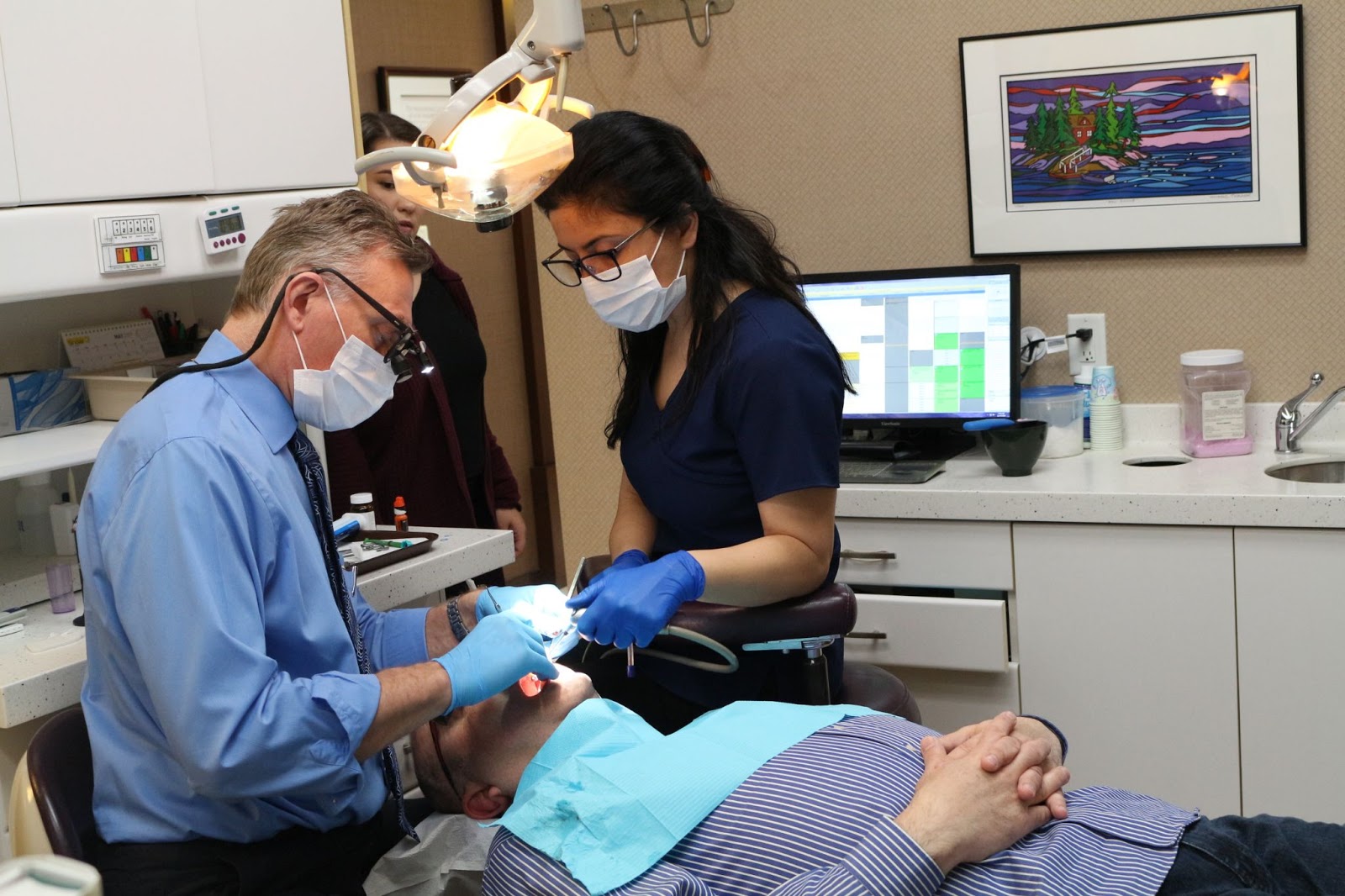Teeth are an incredible part of the human body and they serve several purposes. Despite giving you the ability to flash a charming smile, teeth are there for more significant reasons.
There are three main functions of the teeth. Primarily, they are used to chew and break down food. They also greatly aid in speech and the formation of words. Lastly, teeth are essential in maintaining your face shape, as they keep your jaw bone from degrading away over time.
Teeth also serve various purposes within the mouth itself. Let’s explore the 3 main functions of your teeth, and learn why it is so important to take good care of them.
Breaking Down Food
The primary function of your teeth is chewing and breaking down food. Your mouth is the first stop on your meals journey through your digestive tract and your teeth play a very important role here. It’s their job to break your food down into smaller, digestible pieces. Partly the food is broken down small enough to allow it to easily be swallowed and fit through your esophagus – and avoid choking.
More importantly, your stomach and small intestines are not able to function efficiently if the food you eat is not properly broken down, ie chewed thoroughly beforehand. Once the food arrives at the stomach, it’s broken down further so nutrients can be absorbed by your intestines. Your teeth start the entire process by breaking foods up into smaller pieces.
When we are born, we have 20 ‘baby teeth’ that do not erupt until roughly 6 months after birth. This is because as infants, the main source of nutrients is from nursing, and teeth are not yet required. By the ages of roughly 5-6 years old, these baby teeth begin to fall out and by early to late teens are replaced with a full set of 32 adult teeth. These teeth are more complex and rooted deeply in the jaw. They provide the chewing power needed for eating a variety of foods in order to sustain our complex nutritional needs.
Speaking
You may not always be aware of it, but teeth are required in order to properly pronounce certain words and phrases.
Many sounds ( c, f, j, l, s, v ) require the placement of either the lip, tongue or opposing teeth to make the appropriate sound. When someone is missing teeth, or they have misaligned teeth, it can affect their ability to enunciate clearly. This can cause mispronunciations and in some cases even lisping. The tongue, teeth and lips all work together to form words.
They do this by manipulating the way air escapes your mouth. To try this for yourself, pronounce the ‘s’ sound. Think about where your tongue is positioned at the back of your mouth, touching your molars. The air you exhale as you speak passes through while in this position to form a distinct ‘s’ sound.
Now try the ‘t’ sound, notice how your tongue moves to hit the top part of your front teeth? Try this with different letters to see where your tongue is positioned against your teeth when forming words.
The formation of speech is so important, especially for young children who are just learning to speak. Proper orthodontic and dental care is essential at this stage, to identify any potential speech-related problems when it comes to tooth and jaw placement.
Older adults who are missing teeth are also at risk for mispronunciations and lisping. We suggest visiting your dentist to determine tooth replacement options if you notice troubles with speech due to missing teeth.
Maintaining Facial Structure
Lastly, the third key function of the teeth is maintaining your facial structure. Many people do not realize that, even though the jaw supports your teeth, teeth also play an important role in keeping your jaw healthy.
The roots of your teeth anchor deep within the jaw, and as you chew and bite, they add pressure at various points. This pressure and weight of your teeth keeps and maintains your jaw bone volume and density. The jaw must be strong in order to support such consistent chewing movements.
The teeth maintain the jawbone structure and subsequently, the structure and appearance of the face. When patients are missing teeth for a long period of time, the jaw bone can slowly degrade or atrophy. This not only weakens your jaw bone, but it also creates a gaunt, sunken appearance to your face.
Can Bone Be Added Back in the Jaw?
Bone can be added back to the jaw to fill it out in a process called bone grafting. Traditionally bone was taken from a patient’s hip or rib area, but nowadays there are several different non-invasive options when it comes to bone replacement. However, without teeth to stimulate the surrounding area, the jaw will continue to atrophy if the teeth are not replaced along with the jaw bone. Dental implants are the best way to prevent jaw bone loss as they act as a permanent replacement for missing teeth.
If you have been missing teeth for several years, it is likely your jaw has begun to atrophy. A quick diagnostic exam (most often by radiograph or CT scan) will be able to determine the amount of bone present. If the bone loss is substantial bone grafting may be necessary before a patient can proceed with dental implants, overdentures or implant-supported bridges.
Types of Teeth & Specific Functions
Now that you know more about the core functions of your teeth, we can dive deeper and examine the different types of teeth in your mouth and their specific functions.
The diagram below shows the complete anatomy of your mouth:
The teeth on the top and bottom of your mouth almost look like mirror images of each other. They can be broken down into 4 distinct categories:
Incisors – These are the teeth that sit front and center in your mouth. You have 8 total incisors, 4 on the top of your mouth and 4 on the bottom. Their key function is biting into food and they are often the teeth used to take the first bite. They are also very important in speech as most words require these teeth for proper pronunciation.
Canines – The canines sit directly on either side of the incisors. You have 4 of these teeth, two on the top and two on the bottom of your mouth. Canines often appear to be slightly pointed – (these are often the teeth that appear pointed and elongated in vampire movies) But the point serves a purpose – these sharper teeth help in tearing into and biting food so that it can be broken down.
Pre-Molars – Pre-molars sit next to the canine teeth. They are smaller and slightly more pointed than the large molars at the back of your mouth. There are a total of 8 premolars, with 4 on top and 4 on the bottom. These teeth further tear apart and break down food. They are sharp, but also strong, making them useful in eating tough foods like meat.
Molars – These are the largest teeth in your mouth. Molars take up the most space with 6 on the top of your mouth and 6 on the bottom for a total of 12. Molars are the most important teeth for breaking down food and getting it ready for digestion.
The Importance of Proper Oral Health Care
Now you know the functions of the teeth and just how valuable the teeth are in the human body. Not only do they help with chewing and breaking down food, but they also aid in word formation and prevent jaw bone atrophy. You only get one set of adult teeth in your lifetime, so it is very important to take proper care of them. We suggest brushing and flossing 2-3 times per day, and visiting your dentist every six months for a check-up.
If you are a parent with young children, it is important to take them for dental visits early on. Your dentist will be able to identify any orthodontic misalignments that could lead to speech impediments later in life. Catching these problems early helps your child in regular development.
Likewise, if you are missing teeth, you can suffer from poorly chewed food, speech problems and even bone loss. There are many different tooth replacement options available to help restore your teeth and greatly improve your quality of life. The team at VCCID would be happy to meet with you to discuss a treatment plan.
Visit VCCID, Your Dentist in Burnaby, BC
At VCCID we know how important your teeth are and we work every day to help our patients improve, maintain and restore their smiles. Our goal is to provide exceptional patient care, in a calming and relaxed environment.
Dr. Balogh practices in Burnaby, Metrotown and he takes a holistic approach to dental treatment and post-care. To book a dental implant consultation at VCCID, visit our booking page. We look forward to meeting with you and helping with your oral health care needs.
